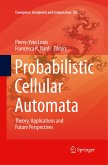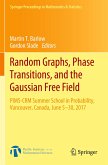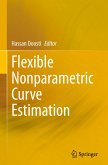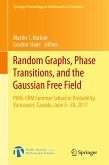There are several examples of matter consisting of polymers like: plastic, rubber or soap and some more complicated biopolymers like: cellulose, DNA or filaments, which form the cytoskeleton of cells. The variety and numerous applications of these objects interested originally chemists, biologists, physicists and material scientists. Recently also mathematicians showed an active interest in a stochastic description of polymers, resulted in a field called "Random Polymer Models". This book deals with the stochastic description of models motivated from the point of view of semi-flexible polymers. These are chain-like molecules build up from small molecular units (monomers) and, depending on the length-scale, displaying different flexibility properties. In particular, the focus is on the behavior of such a polymer chain in the proximity of an attractive environment, e.g. a membrane. An important question in this situation is whether the polymer sticks close to the membrane (localization) or fluctuates away from it (delocalization). This book provides technics and new results on phase transitions corresponding to some localization behavior.
Bitte wählen Sie Ihr Anliegen aus.
Rechnungen
Retourenschein anfordern
Bestellstatus
Storno








